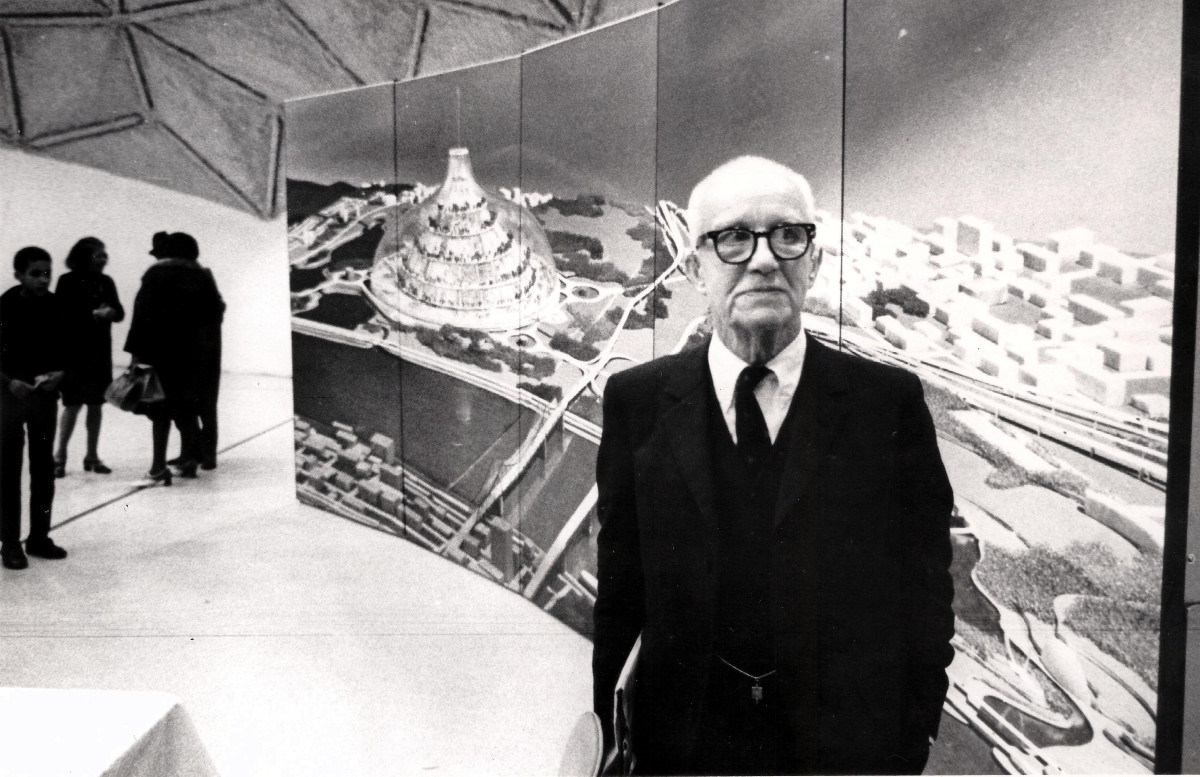Illinois ranks 15 in CNBC’s best states for business
- Details
 Illinois is being recognized for its commitment to attracting businesses to the state and providing an environment where firms can thrive. CNBC’s latest Top States for Business rankings saw Illinois advance to the 15th best state in the United States for business.
Illinois is being recognized for its commitment to attracting businesses to the state and providing an environment where firms can thrive. CNBC’s latest Top States for Business rankings saw Illinois advance to the 15th best state in the United States for business.
CNBC scores all 50 states in the country based on 10 categories of competitiveness, such as cost of living, infrastructure and access to capital. States are then scored in each category and categories are weighted based on how often they are used in economic development marketing.
On this day: Buckminster Fuller’s birthday
- Details
 The famed architect and inventor Buckminster Fuller was born on this day in 1895. For a significant portion of his career, Fuller lived and taught in Illinois.
The famed architect and inventor Buckminster Fuller was born on this day in 1895. For a significant portion of his career, Fuller lived and taught in Illinois.
Richard Buckminster Fuller was born in his home state of Massachusetts on July 12, 1895. After receiving an education from Harvard College, he worked odd jobs and briefly served in the U.S. Navy during World War I while continuing to improve his skills in machining and inventing.
Fuller developed many ideas and inventions, largely focused on providing practical and inexpensive shelter or transportation. Some of Fuller’s earlier inventions included the Dymaxion car and his most famous endeavor, the popularization of Geodesic Domes.
Illini alumnus named to USA Olympics team
- Details
 Alex Diab, a Glen Ellyn native and gymnast who formerly attended the University of Illinois at Urbana-Champaign, has been named an alternate for the delayed 2020 Olympics in Tokyo. He will be ready to step in for any Team USA member who is injured and will now train and travel with the team.
Alex Diab, a Glen Ellyn native and gymnast who formerly attended the University of Illinois at Urbana-Champaign, has been named an alternate for the delayed 2020 Olympics in Tokyo. He will be ready to step in for any Team USA member who is injured and will now train and travel with the team.
Spend your summer at an Illinois water park
- Details
 Residents and tourists looking to beat the heat this summer have a great selection of city pools and waterparks across Illinois. Here are some of the state’s popular waterparks.
Residents and tourists looking to beat the heat this summer have a great selection of city pools and waterparks across Illinois. Here are some of the state’s popular waterparks.



